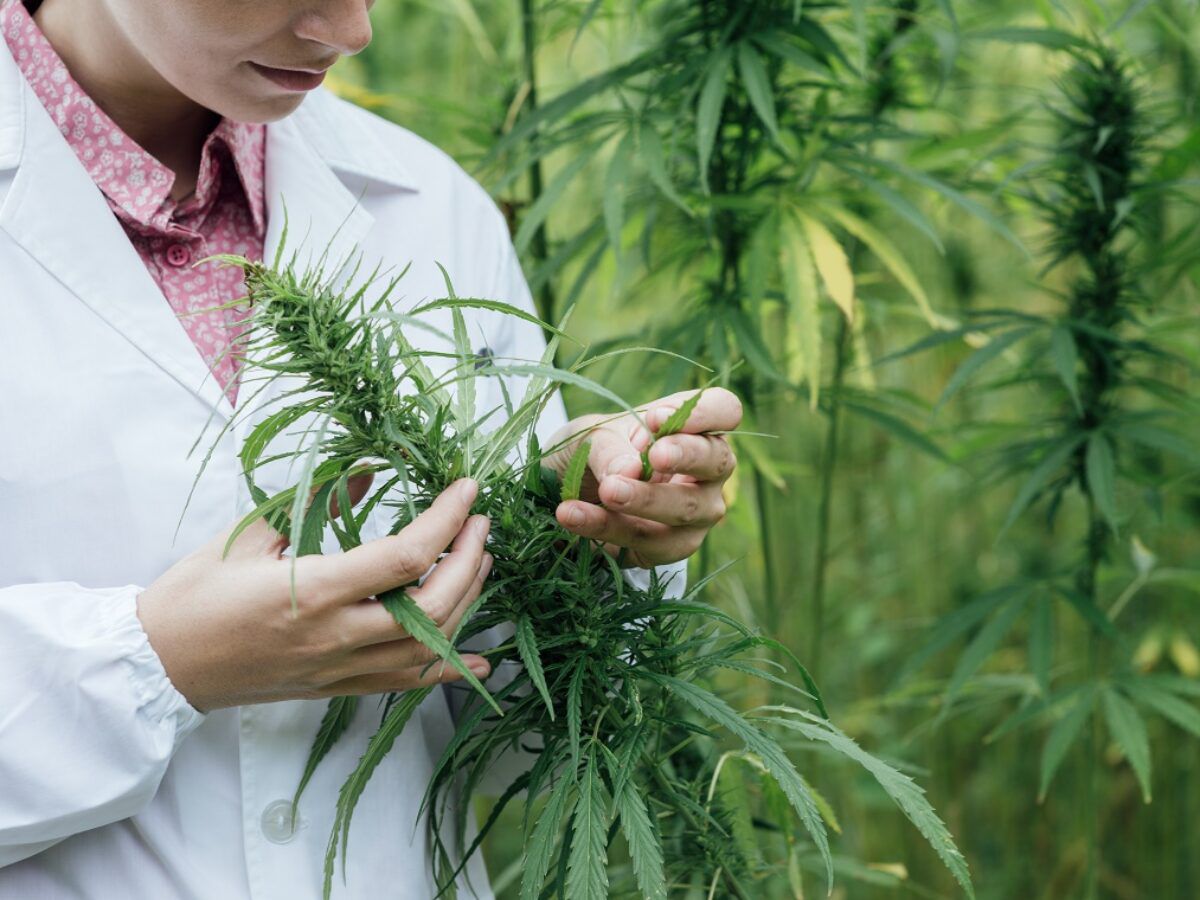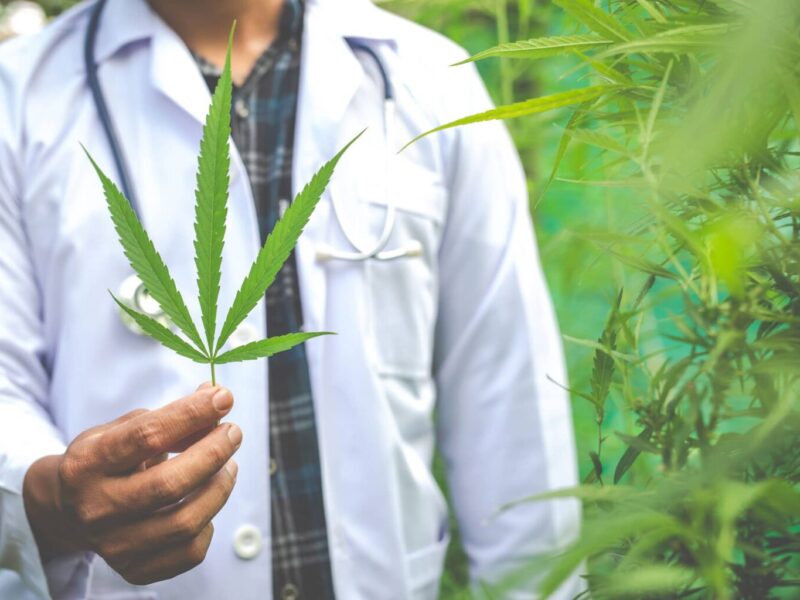
Medical Marijuana: Fiction Vs Reality
The reality behind medical marijuana is that it has been shown to be an effective treatment option for a variety of medical conditions, but it is not a cure-all and should be used with caution. Medical marijuana, which is derived from the cannabis plant, contains over 100 different chemical compounds known as cannabinoids. The two most well-known cannabinoids are tetrahydrocannabinol (THC) and cannabidiol (CBD). THC is responsible for the psychoactive effects of marijuana, while CBD has been shown to have a wide range of medical benefits without the psychoactive effects.
Reality Behind Medical Marijuana
Medical marijuana has been shown to be effective in treating chronic pain, which is one of the most common reasons that people seek medical marijuana. If you are looking to apply for medical marijuana card online you can start by a consulting physician near you. Medical Marijuana has also been shown to be effective in treating nausea and vomiting associated with chemotherapy, as well as muscle spasms and stiffness associated with multiple sclerosis. In addition, medical marijuana has been shown to be effective in treating anxiety, depression, and post-traumatic stress disorder (PTSD). It has also been shown to be effective in reducing seizures in children with epilepsy.
While medical marijuana has been shown to have many potential benefits, it is important to note that it can also have side effects. Common side effects include dry mouth, red eyes, increased appetite, and drowsiness. In rare cases, it can also cause anxiety, paranoia, and hallucinations. Furthermore, it is important to note that medical marijuana is not legal in all states or countries. Patients who are interested in using medical marijuana should consult with a licensed physician and follow their state or country’s laws and regulations regarding medical marijuana.
Over the past few decades, medical marijuana has become a popular topic of discussion. Some people view it as a miracle cure for a wide range of medical conditions, while others see it as a dangerous drug with no legitimate medical use. The truth about medical marijuana lies somewhere in between these two extremes, and it’s important to separate fact from fiction in order to fully understand its potential benefits and drawbacks.
Fiction: Medical marijuana is a cure-all for all medical conditions
Reality: While medical marijuana has been shown to be effective in treating a wide range of medical conditions, it is not a cure-all. It is important to note that medical marijuana is not a replacement for traditional medicine, and patients should always consult with a licensed physician before using it to treat any medical condition.
Fiction: Medical marijuana is addictive and dangerous
Reality: While some people may become dependent on marijuana, it is generally considered to be less addictive than other drugs like alcohol, tobacco, and opioids. Additionally, there have been no reported deaths from marijuana overdose, making it much safer than many other drugs.
Fiction: Medical marijuana is a gateway drug that leads to harder drug use
Reality: There is no evidence to support the idea that using medical marijuana leads to the use of harder drugs. In fact, many people who use medical marijuana do so as an alternative to using more dangerous drugs like opioids.
Fiction: Medical marijuana is only for people with terminal illnesses
Reality: While medical marijuana can be beneficial for people with terminal illnesses, it can also be effective in treating a wide range of other medical conditions. Some of the most common conditions that medical marijuana is used to treat include chronic pain, anxiety, depression, epilepsy, and multiple sclerosis.
Fiction: Medical marijuana is illegal
Reality: While marijuana is still illegal at the federal level, it is legal for medical use in 36 states, including California. To obtain medical marijuana, patients must obtain a recommendation from a licensed physician and register with their state’s medical marijuana program.
Fiction: Medical marijuana is a miracle drug with no side effects
Reality: While medical marijuana can be effective in treating certain medical conditions, it can also have side effects. Some of the most common side effects of medical marijuana include dry mouth, red eyes, increased appetite, and drowsiness. In rare cases, it can also cause anxiety, paranoia, and hallucinations.
In conclusion, while medical marijuana has the potential to be a useful tool in treating certain medical conditions, it is not a cure-all and should be used with caution. the reality behind medical marijuana is that it can be an effective treatment option for a variety of medical conditions, but it should be used with caution and under the supervision of a licensed physician. Patients should be aware of the potential benefits and drawbacks of using medical marijuana and should follow their state or country Patients should always consult with a licensed physician before using medical marijuana and should be aware of the potential benefits and drawbacks before making a decision. If you live in Ohio and are looking to apply for a medical marijuana card Ohio, you can begin by looking for a physician specialised in the marijuana field to get the right prescription for your condition
With careful use and proper medical supervision, however, medical marijuana can provide relief to many patients who are suffering from chronic pain, anxiety, and other medical conditions.





